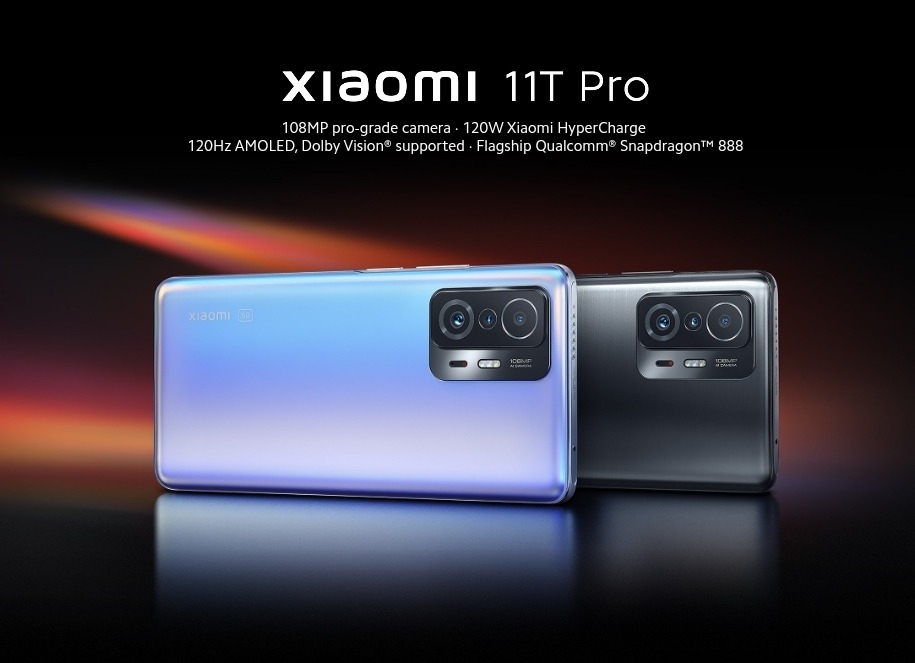Xiaomi has refreshed its flagship lineup with three new phones, and two new tablets and rounded it up with the global release of the Mi Band 6. The major devices here are the Xiaomi 11T 11T Pro and 11 lite 5G NE.
New naming scheme
Before the release of the aforementioned devices, Xiaomi had announced a major change in the naming of their devices. In the past, Xiaomi’s phones were referred to as Mi i.e. Mi 10T, Mi 10 Ultra, Mi 11, Mi 11 Ultra etc. The Mi was used both as an abbreviation for Xiaomi and as a way to endear the brand to foreign users. Yes, foreign users, because pronouncing the Chinese “Xiaomi” can be a headache.
Xiaomi has now backtracked on that and would name all phones as Xiaomi xx e.g. Xiaomi 11, Xiaomi 12, etc. As a result, the new devices are named as follows. They are Xiaomi 11T, Xiaomi 11T Pro, and Xiaomi 11 lite 5G NE. There are also the Xiaomi Pad 5 and the Pad 5 Pro.
For this article, we are going to focus on the Xiaomi 11T, Xiaomi 11T Pro, and Xiaomi 11 lite 5G NE.
Read: Xiaomi 10T and 10T Pro
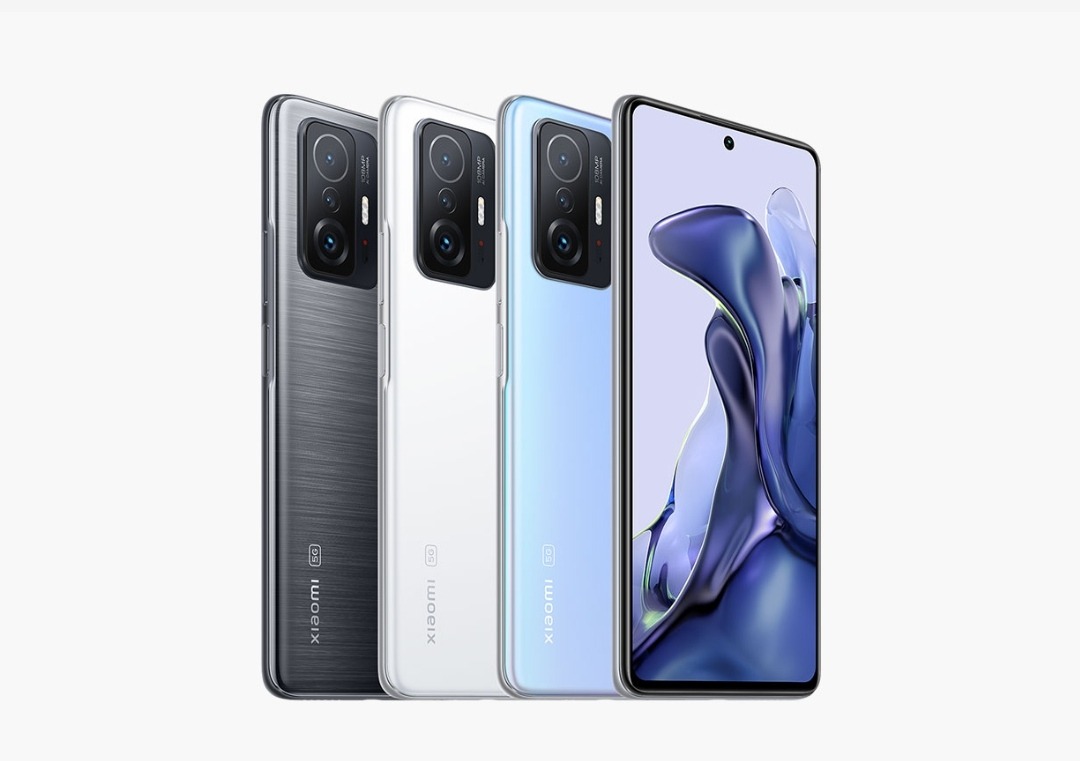
Xiaomi 11T and Xiaomi 11T Pro
The Xiaomi 11T and the 11T Pro share a lot of similarities but also have a lot of differences. On the surface, it is easy to think that they are the same phone but they are not. The Xiaomi 11T Pro is also not as good as the Xiaomi 11 Ultra, so keep that in mind. The Mi 11 Ultra is in a class of its own.
Similarities
Build:
Both phones are made with an aluminum frame and have Gorilla Glass 7 Victus protection. They both weigh 203g and 204g respectively and have an IP53 rating for splash and dust protection.
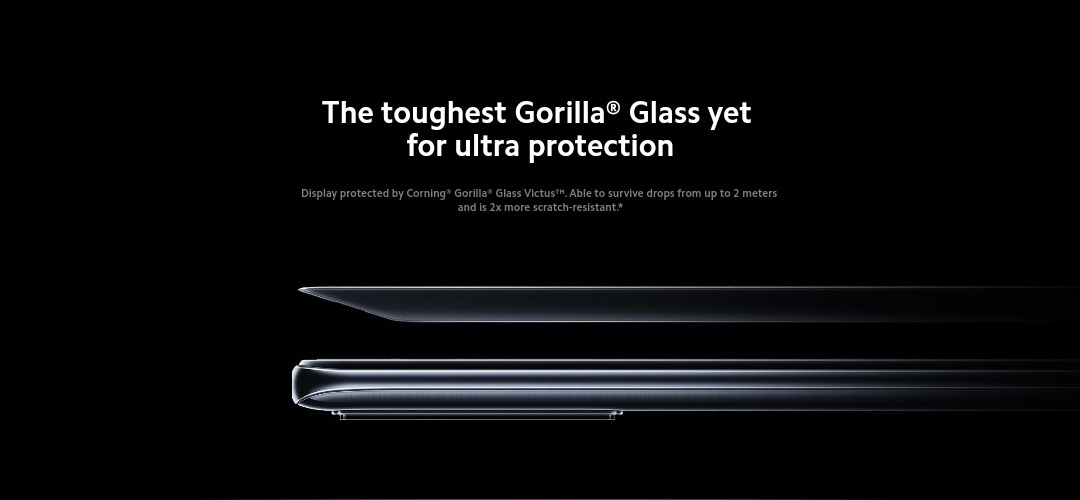
Software:
They also both run on MIUI 12.5 on Android 11.
Memory:
Both devices use a UFS 3.1 module for their internal memory. The memory variants are 8/128GB and 8/256GB. There is no SD card slot.
Cameras:
The cameras here are impressive. It is a triple-camera setup and the main camera is a 108MP Samsung HM2. The other two cameras are an 8MP Sony IMX 355 Ultrawide and a 5MP Samsung S5K5E9 Macro. Both phones also use the same selfie camera which is a 16MP Omnivision OV16A10.
Audio:
In both devices, there are dual stereo speakers with support for Dolby Atmos and HiRes Audio. There is no 3.5mm audio jack and therefore no support for earphones.
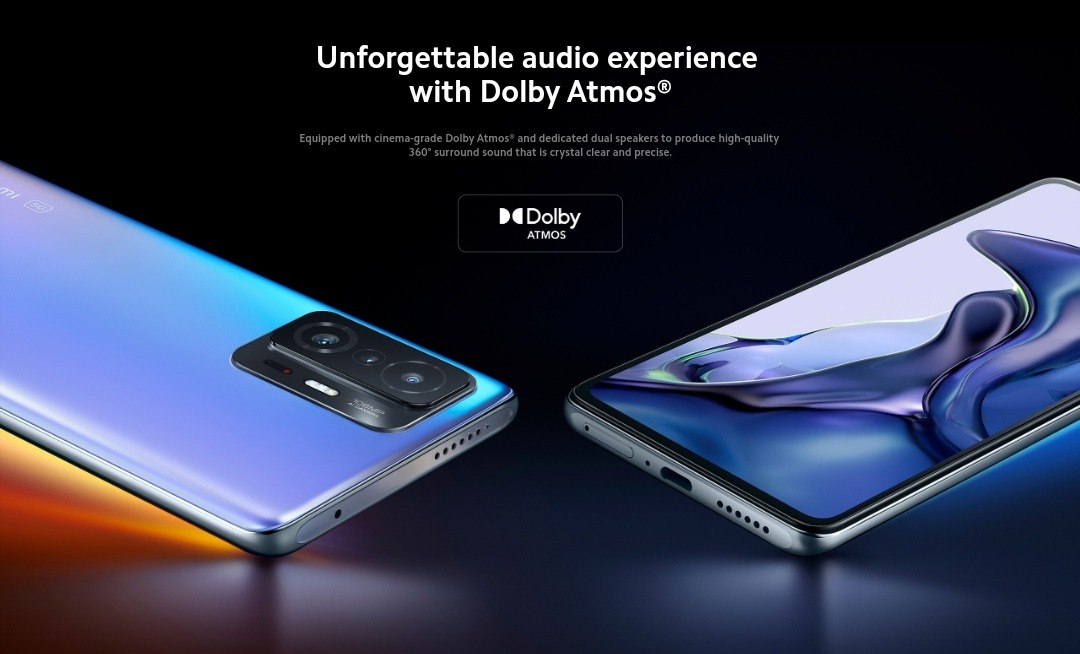
Sensors:
Here we find the usual suspects which include notification LED, accelerometers, gyroscopes, proximity sensors, compasses, light, and ambient sensors. There are also GPS, NFC, and IR blasters. For security, there is a side-mounted fingerprint sensor. It is much faster and more reliable than the in-display variant.
Connectivity:
Both devices support all network generations internationally from 2G to 5G. We can also find support for dual sims, WiFi 6, Bluetooth 5.2 LE, USB 2.0, and OTG.
Battery:
Both devices share similar battery specs. There is a dual-cell 5,000mAh (2500mAh + 2500mAh) battery on board. The battery type is Li-Polymer.
Cooling:
There is vapor cooling technology here to keep the device cool.
Differences
So now, on to the differences and there are a lot of them.
Performance:
Both devices use different SoCs. The 11T uses a flagship MediaTek Dimensity 1200 with an ARM Mali G77 MC9 GPU. It is incredibly fast at over 3GHz of clock speed but it pales in comparison to the SoC on the 11T Pro.
The 11T Pro has a Qualcomm Snapdragon 888 with an Adreno 660 GPU. Checking their performance using synthetic benchmarks, the SD888 is well ahead of the Dimensity 1200 by 759,000 to 677,000 (Antutu v9).
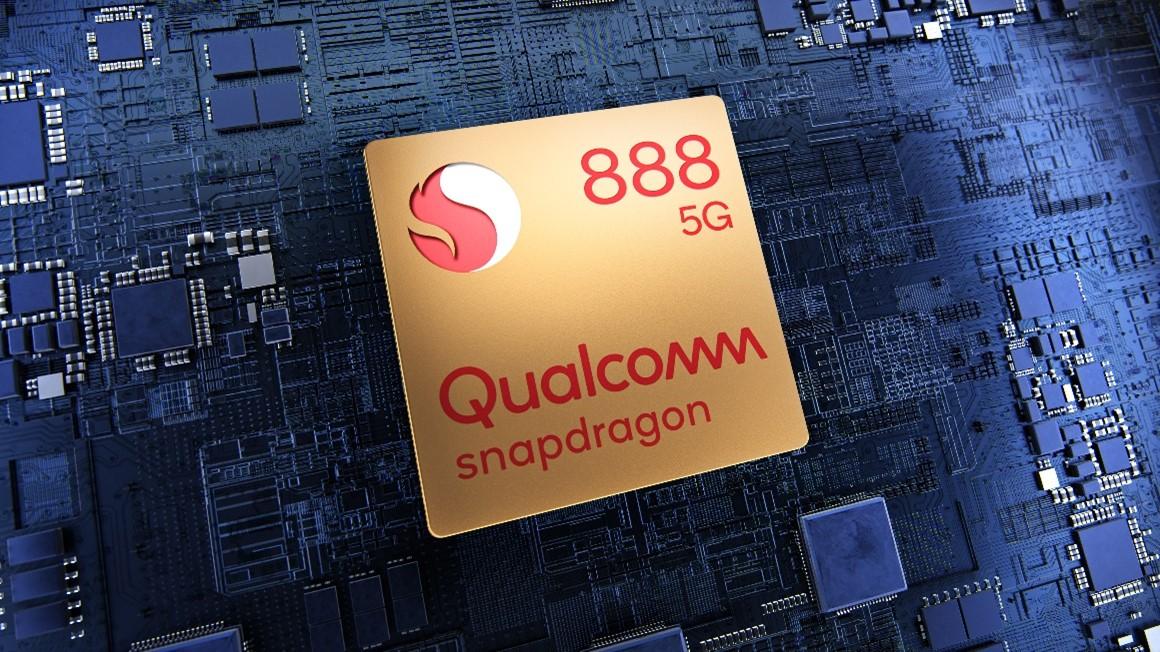
RAM:
The 11T uses an LPDDR4x RAM while the 11T Pro uses an LPDDR5 RAM. The latter RAM is superior. This contributes to why the 11T Pro destroys the 11T in benchmark tests.
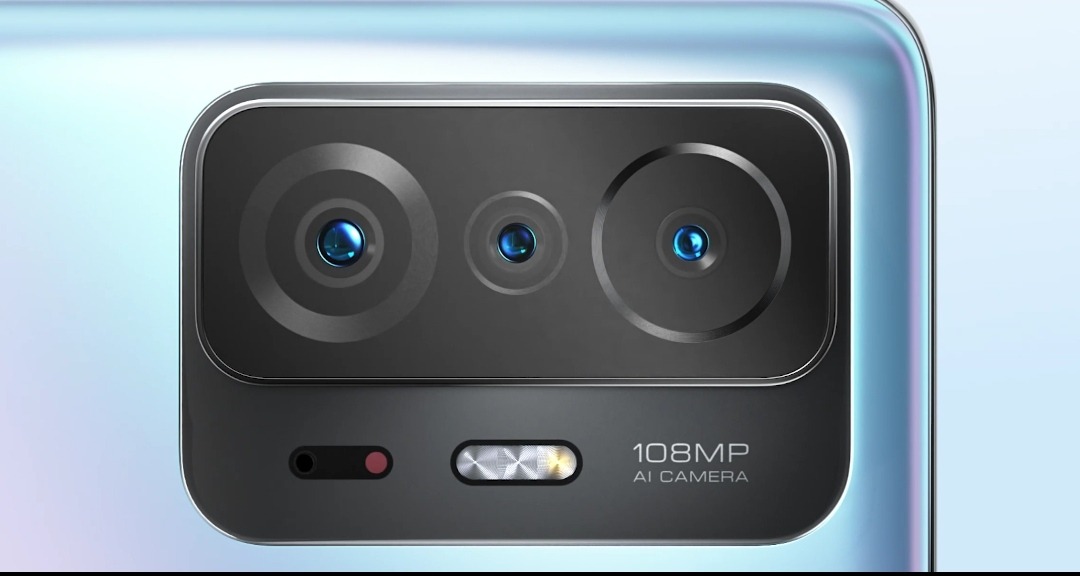
Camera/Video/Audio output:
In terms of camera output, MediaTek’s strong points have never been in image or video processing. This shows in the photo output as the 11T Pro gives out superior photos due to it having a superior ISP. For videos, the 11T Pro can go up to 8K whilst the 11T maxes out at 4K. For Audio, the speakers on the 11T Pro are tuned by Harman Kardon whilst those on the 11T are not. Therefore the speakers and sounds on the 11T Pro are more refined than those on the 11T.
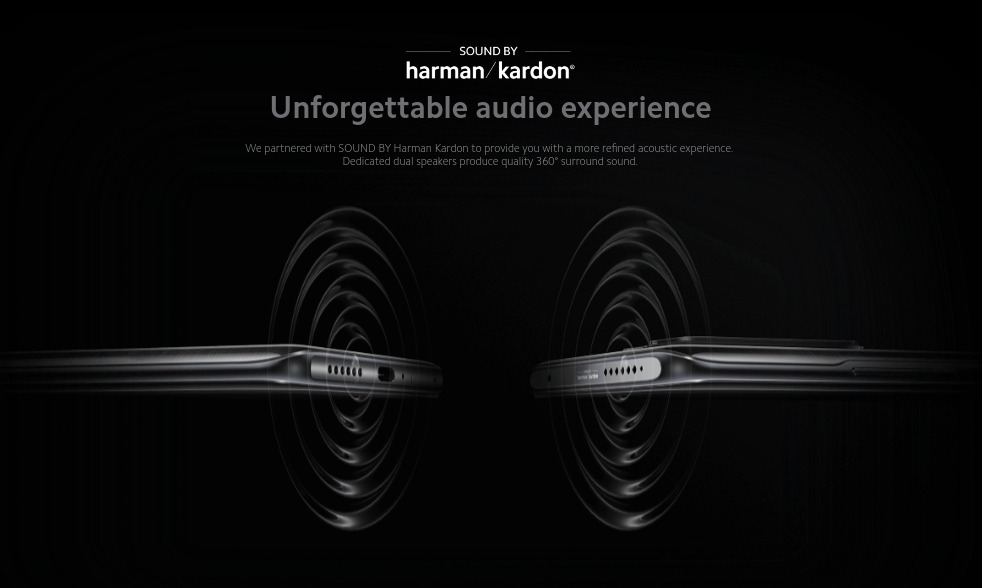
Display:
For the displays, the 11T has a 6.67″ FHD+ AMOLED display with HDR10+ support. It has a pixel density of 395ppi, a brightness of 1000nits, and a refresh/touch rate of 120/240Hz with Gorilla Glass 7 Victus protection.
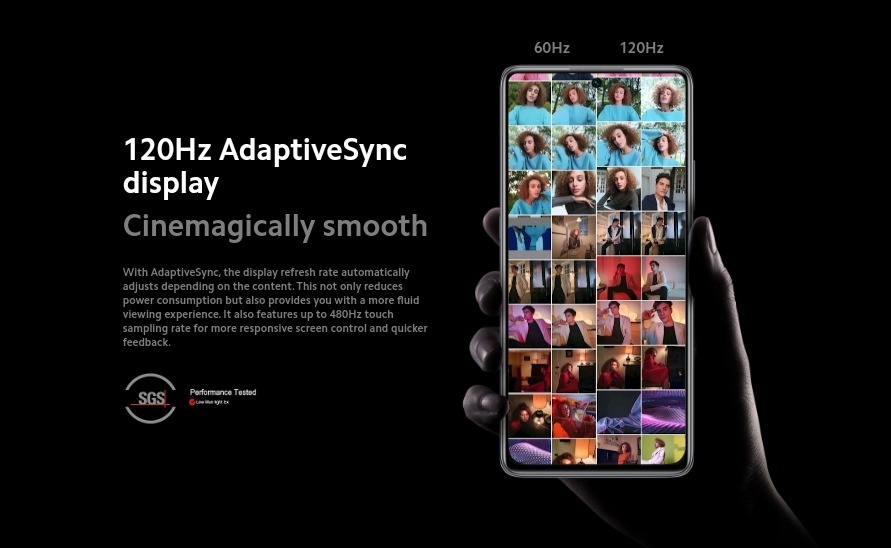
The 11T Pro has far more superior specs on its display. There is a 6.67″ SUPER AMOLED display with HDR 10+ support. There is a pixel density of 395ppi, brightness of 1000nits, and a refresh rate of 120Hz. The touch rate however is a massive 480Hz. There is Gorilla Glass 7 Victus protection as well.
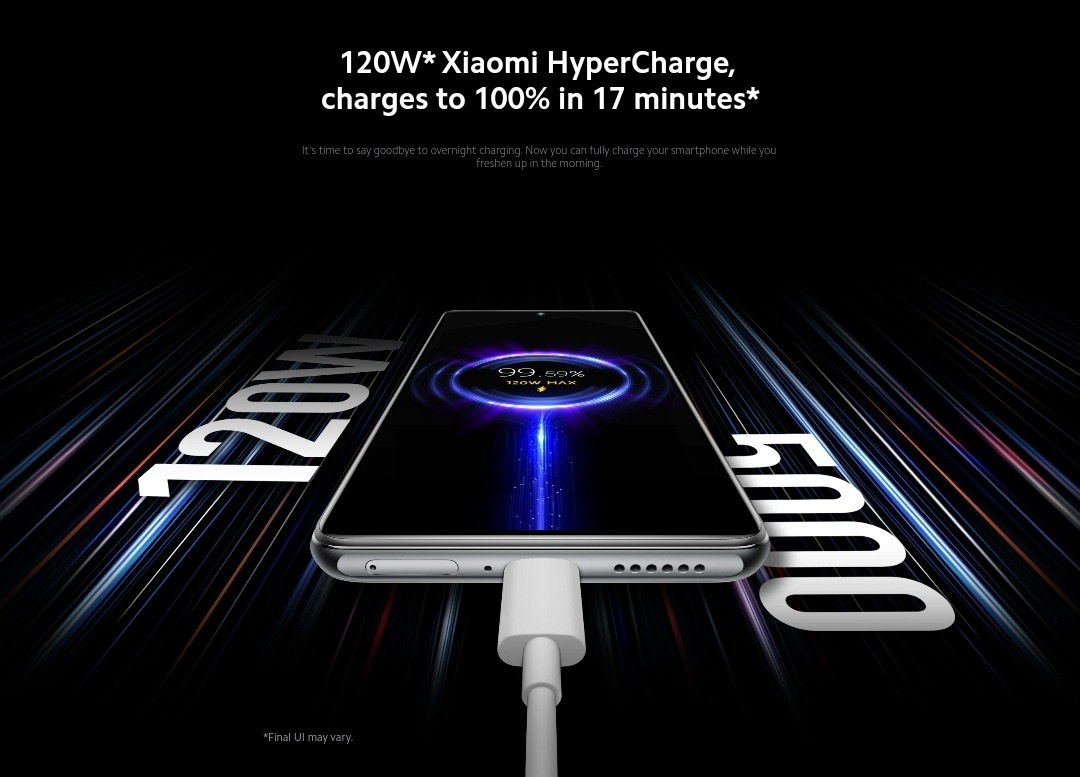
Charging:
The 11T has a fast charge speed of 67W. It charges from 0 to 100% in 36 minutes which is impressive by itself. At least until you see that the 11T Pro has a charging speed of 120W and can be topped up from 0 to 100% in 17 minutes!!! Crazy stuff! The 11T Pro also supports USB PD 3.0 and QC 3.0+.
Prices
The Xiaomi 11T starts at €499 and the Xiaomi 11T Pro starts at €649.
Omissions
For a flagship-level device, this device is missing certain features such as wireless charging, optical image stabilization, and a telephoto lens. Some persons may also complain about the lack of an SD card slot and a 3.5mm jack but one cannot have it all, especially considering the prices.
Xiaomi 11 lite 5G NE
The 11 lite 5G is a new addition to the Xiaomi 11 lite lineup that includes the 11 lite 4G, 11 lite 5G, and the 11i.
Performance
Mi 11 lite 5G uses a more powerful Snapdragon 778G paired with Adreno 642L. LPDDR4x RAM and UFS 2.2 storage are present here and there’s also support for SD cards.
Cameras
There is a 64MP Samsung GW3 main camera to handle photography here. The other two supporting cameras are an 8MP Ultrawide angle and a 5MP macro camera. The 11 lite 5G NE can capture videos at resolutions of 4K (@30fps), 1080p (@30/60fps) and 720p(@60fps). Gyro-Electronic Image Stabilization (E.I.S.) is also fully supported.
It also has a 20MP selfie camera. It supports gyro-EIS and can shoot videos at 1080p (@30/60fps).
Display
The display is a 6.55” Super AMOLED display with Full HD+ resolution and support for displaying 1 billion colors. The pixel density is set at 402ppi and the max brightness is capped at 800 nits. It supports a 90Hz refresh rate, 240Hz touch sampling, Dolby Vision and HDR10. The display is protected by a Gorilla Glass 5.
Battery
The battery is a decent 4250mAh and it supports 33W fast charging (0 – 100% in 52 mins) and a 33W charger is supplied in the box. It is Q.C 3.0+ and USB PD 3.0 certified.
Software and other features
The phone ships with MIUI 12.5 on Android 11 and has a USB-C port but no headphone jack. To compensate, however, there are dual speakers (top and bottom). At 158g, this phone is ultrathin and light. There is IP53 protection for splash and dust resistance. The prices start from €369.

Please leave a comment if you have any difficulty and remember to:
- Subscribe to our YouTube channel
- Follow on Facebook
- Follow on WhatsApp
- Join our Telegram community
- Participate on Reddit
- Find us on Quora
